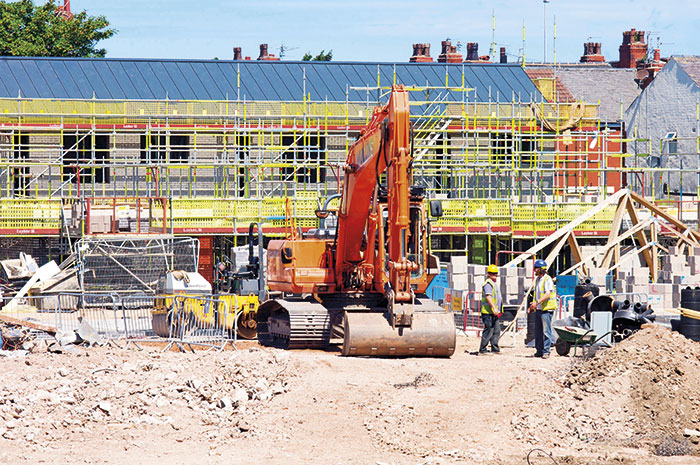
According to Crisis, the charity for the homeless, we need to build 90,000 social rented homes in England every year if we are to tackle housing needs. Yet we struggle to produce 5,000. Far from meeting new needs, we’re not even building enough to replace the homes that are regularly being lost.
At the Chartered Institute of Housing we conduct an annual calculation of the loss of social rented homes since 2012, when new policies saw a dramatic switch of resources and existing homes away from social renting.
Over the six years since this date, almost 166,000 social rented homes owned by councils and housing associations have been lost, even when new-build is taken into account. So instead of increasing as needs have grown, by April last year social rented supply had fallen by 4%.
Why is this happening?
For local authorities, the biggest cause of the decline is ‘right to buy’, with 67,000 homes sold since the policy was ‘reinvigorated’ in April 2012 and discounts raised. In addition, around 2,000 or so homes are demolished each year. With fewer than 4,000 new council homes being built annually, the gap will continue to grow unless there is a radical increase in new development.
The government is hoping that such an increase will happen. It has made grants available to build social rented homes, and it has removed the caps on council borrowing to perhaps 8,000 per year – although this still won’t be enough to replace the homes lost through right to buy.
For housing associations, which have 48,000 fewer properties let at social rent compared with 2012, the biggest factor is conversions – where properties are re-let at a higher, ‘affordable rent’ when a tenancy change takes place. So far, 111,500 lettings have been converted.
'For local authorities, the biggest cause of the decline is ‘right to buy’, with 67,000 homes sold since the policy was ‘reinvigorated’ in April 2012 and discounts raised.'
The second factor is ‘preserved’ right to buy – which a former council tenant carries with them if their home is transferred to a housing association. This scheme has resulted in 24,000 sales since April 2012. New building for social rent continues, but it’s down to only a few thousand homes a year and can’t make good the losses in the rest of the stock.
Will these losses continue? Looking ahead to 2020, CIH believes the net loss could amount to almost 200,000 homes since 2012. But we think the rate at which homes are lost is slowing, as some policy decisions that would have worsened the situation are no longer going ahead.
However, much more needs to be done. CIH has called for the right to buy to be suspended in England to stem the loss of homes for social rent. If the government continues with the current right to buy and its higher discounts, it should at least allow all of the receipts to be recycled into new investment.
Now that borrowing caps on council housing investment have been lifted, the biggest obstacle to a bigger programme to build social rented homes is insufficient grants. Whether social landlords will be able to get anywhere near delivering a target of 90,000 new social rented homes a year depends on the forthcoming spending review.
But the prospects for a significant boost in spending are hardly encouraging. It is likely to happen only if the government is willing to alter its priorities for spending on housing: CIH analysis shows that more than three-quarters of its investment is still going towards support for the private market, through schemes such as Help to Buy. Rebalancing the housing budget, so a higher proportion goes to genuinely affordable housing, could make a big difference.




















